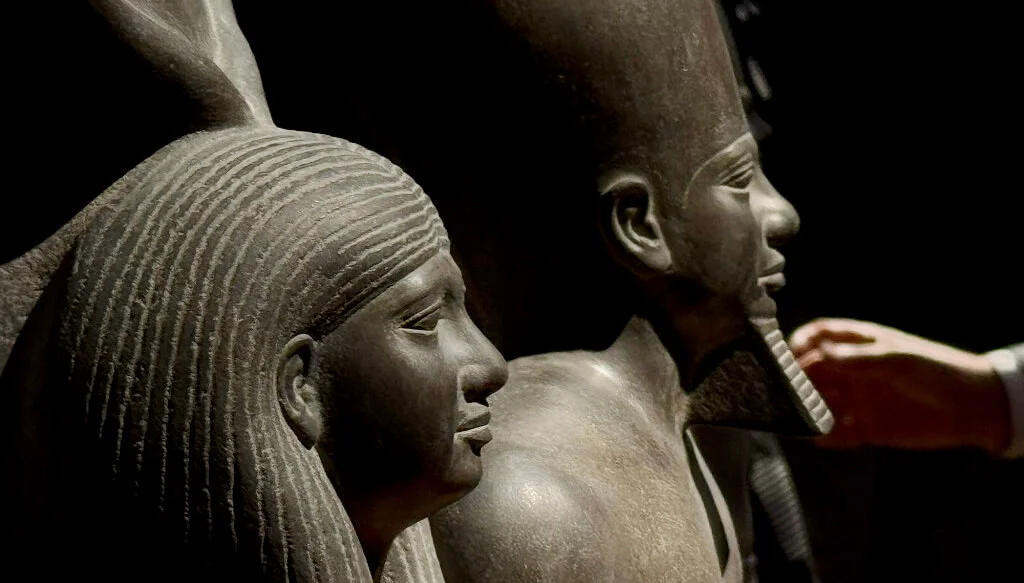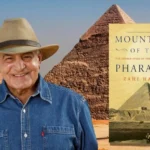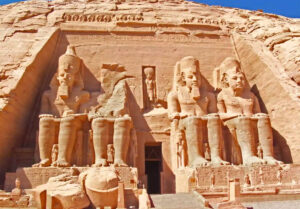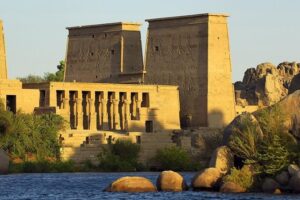Unearthing Ancient Egypt
For over two centuries, archaeologists and Egyptologists have worked to uncover the secrets of ancient Egypt. Through meticulous excavations, they have excelled at unearthing ancient Egypt rich history, art, and innovation. From colossal statues to delicate artifacts, each discovery provides a new piece of the puzzle, allowing us to better understand one of the world’s most enduring cultures.
A History of Discovery
The modern era of Egyptology began in the early 19th century. Explorers and archaeologists began systematically excavating major sites. In 1813, Johann Ludwig Burckhardt discovered the great temple of Ramesses II at Abu Simbel, which an enormous pile of sand had almost completely covered. The entrance remained blocked until 1817, when explorer Giovanni Battista Belzoni finally reached its interior. Belzoni made another significant find that year when he rediscovered the sarcophagus of Pharaoh Seti I in the Valley of the Kings.
Unearthing ancient Egypt: Over the next century, researchers found more incredible sites. In 1898, Victor Loret discovered the mummy of Amenhotep II in its original sarcophagus in the tomb KV35. Ernesto Schiaparelli found the tomb of Nefertari, QV66, in 1904. Its stunning, well-preserved paintings provide invaluable insights into ancient Egyptian beliefs about the afterlife.
Notable Discoveries and Ongoing Research
Unearthing ancient Egypt: The search for ancient Egypt’s secrets continues today. Recent excavations have yielded a wealth of information about everything from burial practices to daily life.
- The Valley of the Kings: This iconic site has been a major focus of archaeological work. In 1922, Howard Carter’s discovery of the tomb of Tutankhamun captivated the world. It was a rare find of a nearly intact royal burial. Ongoing work in the valley and nearby sites continues to uncover new tombs and artifacts. For example, archaeologists have recently discovered the tombs of three senior statesmen from the New Kingdom period in the Dra Abu el-Naga necropolis.
- Saqqara Necropolis: Located south of Cairo, the Saqqara site has also produced incredible finds. Researchers have unearthed an ancient tomb that dates back over 4,000 years. The tomb provides new insight into the craftsmanship and funerary practices of ancient Egyptians. Excavations there have also revealed burials, colorful masks, statues, and various artifacts spanning different historical eras.
- Ancient Cities: Archaeologists are now exploring ancient cities that reveal new details about daily life, urban planning, and trade. Recent work in the ancient city of Buto, now called Tell Al-Faraeen, uncovered what researchers believe is the first ancient Egyptian astronomical observatory.
- Lost Tombs and Artifacts: The hunt for lost tombs, like that of Cleopatra and Marc Antony, continues. Researchers also uncover new artifacts that challenge or expand our understanding of history. In some cases, archaeologists have found ancient rock art and other items that date back to the dawn of the First Dynasty.
The Science of Archaeology
Modern archaeology uses advanced technology to unearth and analyze artifacts. Techniques like ground-penetrating radar, satellite imagery, and DNA analysis help researchers locate sites and learn more about the people who lived there. These methods provide a more complete picture of ancient Egypt than ever before. For example, recent DNA sequencing has revealed more about the genetic heritage of ancient Egyptians and their ties to other civilizations.












You are not right. I can prove it. Write to me in PM.
——
http://www.jetzt-fragen.de/nach-erfahrungen-anderer-reisender-fragen.html
I apologise, that I can help nothing. I hope, to you here will help.
——
https://xsg.ru/internet/311-1550235c142561d072e174709b866045.html